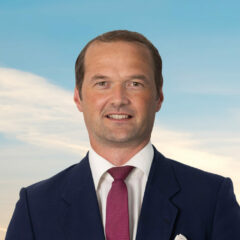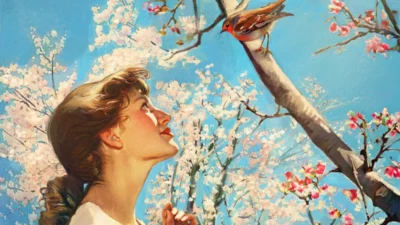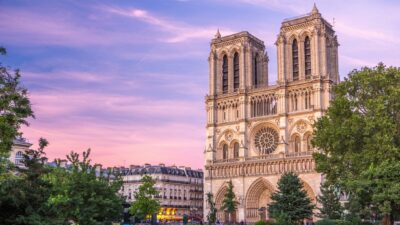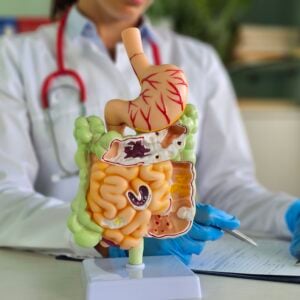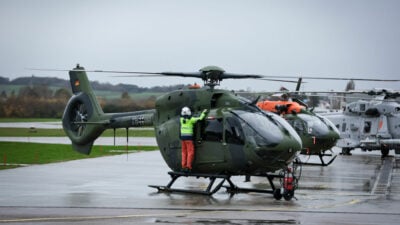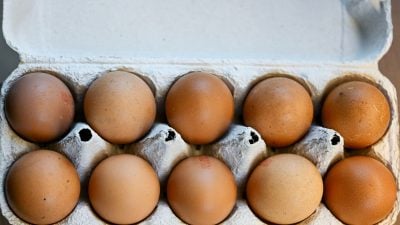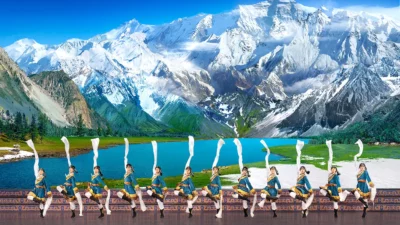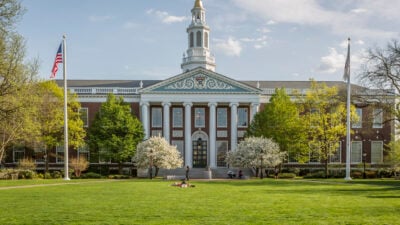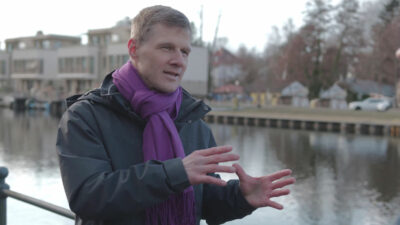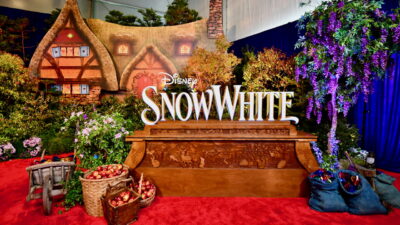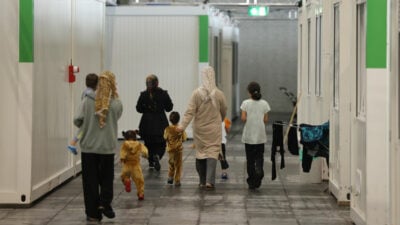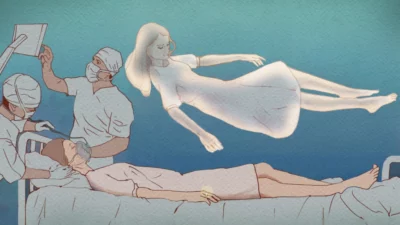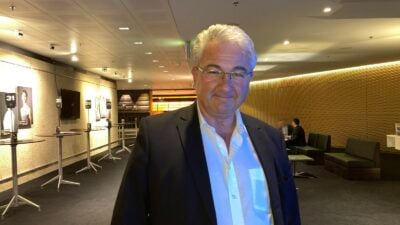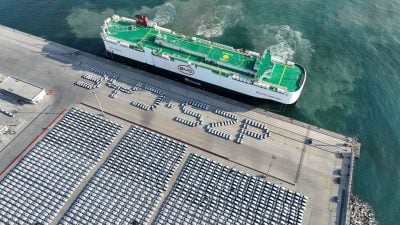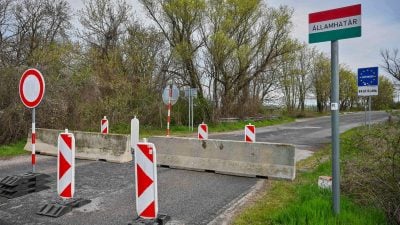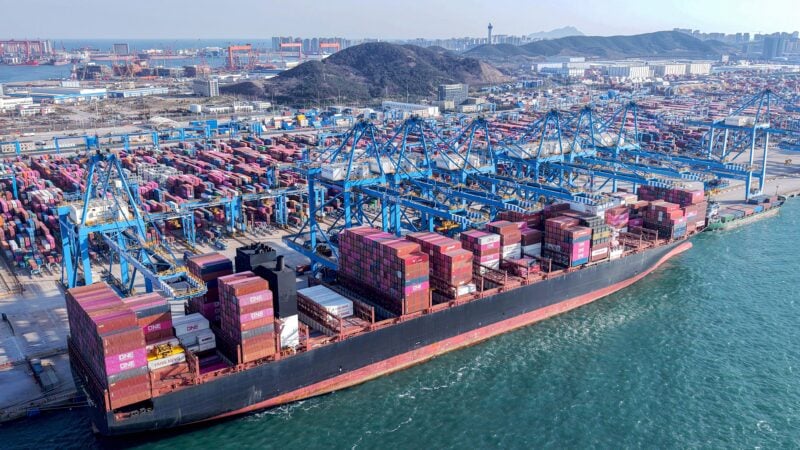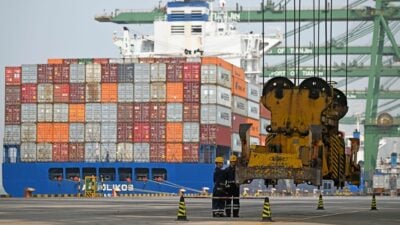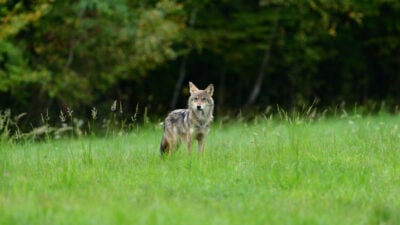AKTUELLE MELDUNGEN
vor 3 Stunden
Aktienrückkäufe bei den DAX-Konzernen auf Rekordhöhe
vor 3 Stunden
Onlinebetrug: Steigende Schäden durch falsche Kunden
vor 21 Stunden
CDU-Generalsekretär Linnemann will nicht Minister werden
vor 22 Stunden
Piraterie auf den Weltmeeren hat zugenommen
Haus voller Freunde
Alle Bücher zur Hand: Die Magie der eigenen Hausbibliothek
Balsam für die Seele
Hoffnung – die Bastion aller Tugenden
Es geht um Schnelligkeit und Effizienz
Die Putztricks der Profis: Raffiniert und genial
Geheimnis der Osternacht
Das Wunder der Auferstehung
MEISTGELESEN
Corona-Untersuchungsausschuss in Sachsen
„Märtyrerstatus“ der AfD beenden
Konferenz in Chicago
U-Bahnhof Sophie-Charlotte-Platz
Wegen Therapie in Kältekammer gestorben
vor 3 Stunden
vor 3 Stunden
vor 21 Stunden
vor 22 Stunden
Synthetische Identitäten auf dem Vormarsch
Nicht teurer, aber knapper
„Die Handlungsspielräume sind enorm“
Ukraine-Konflikt
Chancen für gute Handelsbeziehungen
Haus voller Freunde
Mikroplastik für den frischen Atem
Empfehlung
Harvard sieht Angriff auf Unabhängigkeit
Kritik an künftiger Koalition
Balsam für die Seele
Neue Behörde für Digitalisierung
Schutz deutscher Gewässer
Zuschauerstimmen aus Amerika
140 dafür, 21 dagegen
Corona-Aufarbeitung
Redaktionsempfehlung
Ein Blick hinter die Kulissen von Shen Yun
Exklusivinterview: Insider enthüllt, wie kommunistische Propaganda auch in deutsche Medien gelangt
Exklusiv
Die stille Plastikinvasion
Mikroplastik – das Asbest des 21. Jahrhunderts?
Wirtschaftsmacht vs. Kommunistisches System
Zollstreit USA-China: Handelskrieg oder Kampf um die Weltordnung?
Disney-Verfilmung
„Schneewittchen“-Flop: Das Märchen stirbt im Namen der „Wokeness“
Die Hälfte ist (nicht) genug
Fritz Vahrenholt: Was bedeutet eigentlich Netto-Null-CO₂?
13 Bundesländer gaben Auskunft
Neuverschuldung für Flüchtlinge? Die große Kostenfrage der Bundesländer
Zwischen Geldspritze und Personalmangel
Wie verteidigungsfähig ist Deutschland wirklich?
Was die Wissenschaft entdeckt hat
Ist der Tod wirklich das Ende? 4.000 Nahtoderfahrungen erzählen eine andere Geschichte
Zuschauerstimmen aus Amerika
„Jeder sollte sich das anschauen“ – Shen Yun überzeugt New Yorker Musikdirektor
Saison endet mit tosendem Applaus
Shen Yun krönt Deutschlandtournee mit letztem Auftritt in Dortmund


„Märtyrerstatus“ der AfD beenden
Neue Töne im Bundestag: Union stellt starre Fronten gegen AfD infrage
Steuer, Frauenquote, Mindestlohn
„Wenn man rechnen kann…“ – Wirbel im schwarz-roten Minister-Reigen

Keine Pakete mehr aus Hongkong in die USA
US-Zölle: Hongkonger Post setzt Warenversand in die USA aus
Als Reaktion auf die US-Zölle hat die Post in Hongkong Sendungen von Paketen in die USA gestoppt. Zuvor hatte US-Präsident Donald Trump nicht nur Zölle auf chinesische Produkte auf 145 Prozent angehoben, sondern auch die Sonderregelung für kleine Pakete gekippt und auch darauf Zölle erhoben.
Wegen Therapie in Kältekammer gestorben
Eine Tote nach Unglück bei Kryotherapie in Frankreich
Konferenz in Chicago
Bidens erste Rede nach der Wahl: Sozialversicherung ist „heiliges Versprechen“
Exportorientiertes Wirtschaftsmodell
Trumps Zölle erschüttern Peking: Warum ist China so sehr auf Globalisierung fixiert?
Disney-Verfilmung
„Schneewittchen“-Flop: Das Märchen stirbt im Namen der „Wokeness“
Nicht teurer, aber knapper
Eierknappheit: Verbandschef rechnet mit steigenden Preisen
Maul- und Klauenseuche
Bauern sehen Gefahr für erneuten Ausbruch von Tierseuche
Von Zinsen und Zöllen
EZB erwägt, Zinsen zu senken: US-China-Handelskonflikt dämpft Konjunktur
140 dafür, 21 dagegen
Ungarn verankert in Verfassung: Ein Mensch ist entweder ein Mann oder eine Frau
Balsam für die Seele
Hoffnung – die Bastion aller Tugenden
Zuschauerstimmen aus Amerika
„Jeder sollte sich das anschauen“ – Shen Yun überzeugt New Yorker Musikdirektor
Jubelnd auf das Höhere verweisend
Kirschblüte bei der Nacht – von Barthold Heinrich Brockes

Mikroplastik für den frischen Atem
Kaugummi als Plastikgranate: Jeder Biss setzt Tausende Partikel frei
Empfehlung
Mikroplastik ist Teil des modernen Lebens: Ob Verpackung, Kleidung, Pflegeprodukte, Wasser oder Luft, es ist allgegenwärtig. Auch Kaugummikauen trägt zur Belastung durch Mikroplastik bei, wie eine aktuelle Studie zeigt.
Geistig und körperlich fit im hohen Alter
Gesund altern: Welche Ernährung in der Lebensmitte dabei helfen kann
Wie Chemikalien reduzieren
Wie Parabene die Schilddrüse schädigen – und wie man sie vermeiden kann
Neues Fusionsreaktorkonzept
Bald 100 Millionen Grad in Deutschland: Kernfusion in greifbarer Nähe?
Weltweite Strombilanz


